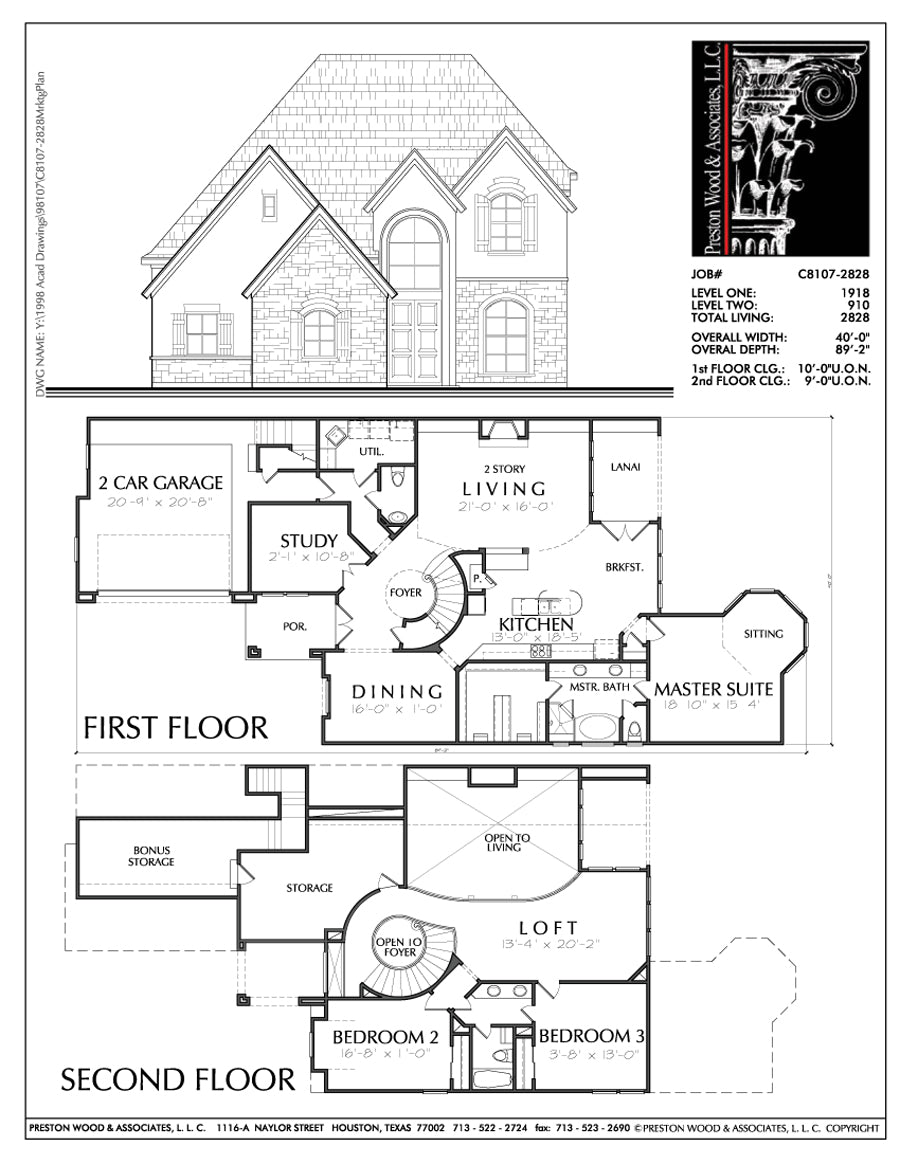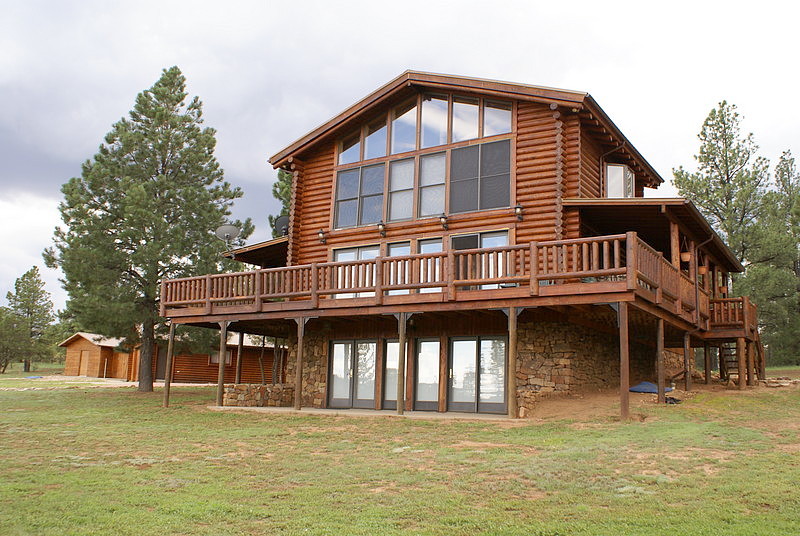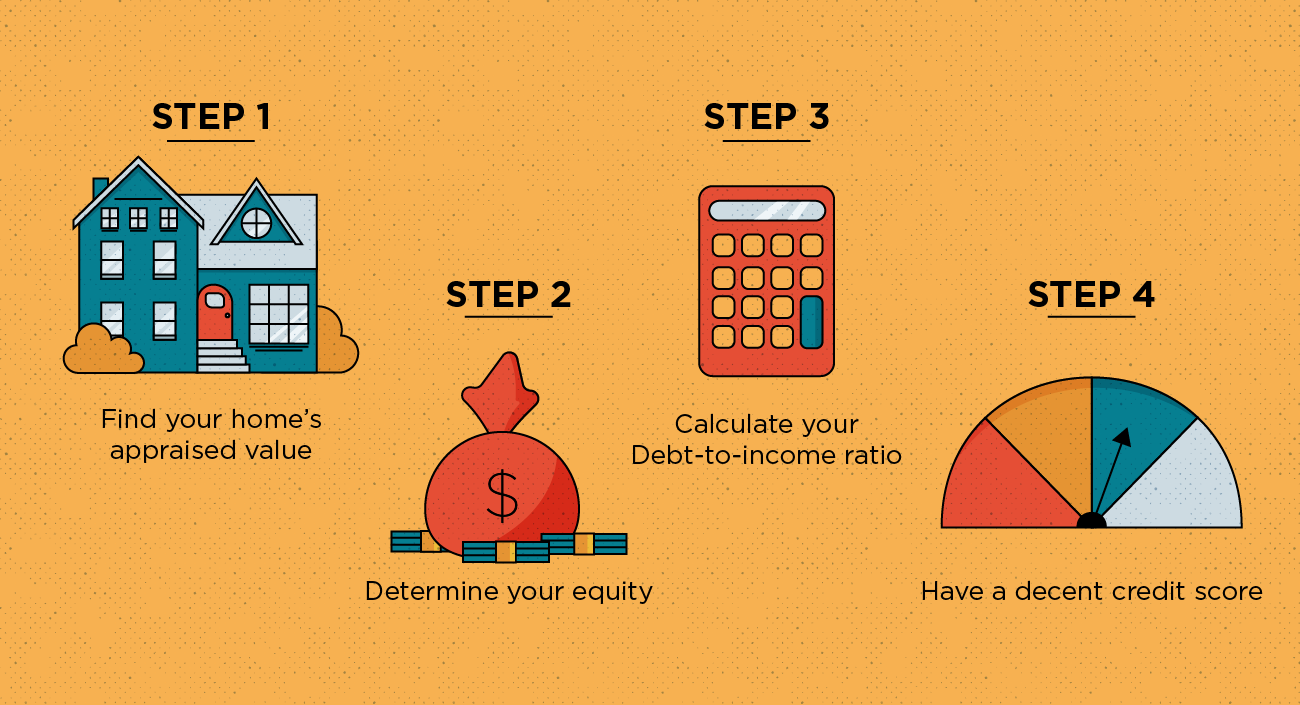Table Of Content

From the sleek lines of a flat roof to the dramatic peaks of an A-frame, each style not only defines the house’s silhouette but also its height. It’s important to keep in mind that local building codes may also affect the height of a two-story house. Some areas may have height restrictions for residential buildings, so it’s important to check with your local building department before building or buying a two-story house.

Building Codes and Restrictions
The average height of 1, 2, and 3 story houses are respectively 10, 20, and 30 feet. A good rule of thumb when calculating the height of a house is to allocate approximately 10 feet per floor plus the height of the roof. It is possible to figure out exactly how tall is a two story house by calculating how high the ceiling is on each floor, the floor thickness, and the amount of space above the ceiling. Story height is also affected by the depth of the floor and the amount of space above the ceiling for vents and wiring. Overall there is a total of 25 feet for a minimum height of a two-story house, but they can easily be taller depending on the features of the specific home.

Understanding the Traditional Height of a Story
If you are using standard plans with the same height on each level, then your height will be 16 feet plus foundation and attic height. How high you decide to build the second floor is up to you and can affect how tall it is by as much as 3 feet or more. The pitch of your roof has an important role in determining how tall is a two-story house. Although there is no hard and steady rule for how tall one story is, a one-story house should typically be 10 feet tall at max.
Floor thickness
Keep in mind that it’s very possible for other rooms on a single story to be taller. This is especially true for an apartment lobby or a living room with a vaulted ceiling. On the other hand, you may have very small levels in a home like a loft or attic. These may or may not fall under the category of a “story.” It’s because of this, and other factors, that the height of a two-story home can differ so much. The pitch of the roof is a significant factor that affects the height of a two-story house. A steep roof will add height to the house, while a flat roof will reduce it.
What is the height of each floor in a two-story house?
Seattle firefighters battle 2-story house fire in Green Lake - KIRO Seattle
Seattle firefighters battle 2-story house fire in Green Lake.
Posted: Sat, 30 Sep 2023 07:00:00 GMT [source]
You get a dedicated living space and upstairs for the bedrooms and bathrooms. If you have a two-story house with an A-frame roof, you get the benefits of additional storage space or living quarters. Many states and cities have minimum and maximum requirements for ceiling distances. If the home is a remodel with a second story added to the property, ensure it is up to code and has all the correct paperwork before closing the deal.
This extra height is needed to accommodate the HVAC ductwork, plumbing, and electrical systems that run through the ceiling area of the first floor. A house with 3 stories has a height of approximately 30 feet without the roof. Depending on the slope and the structure of a roof, an average 3 story house has a roof that is feet high, which adds to the overall height of the building.
How tall is a 2 story house with a roof?
Additionally, higher ceilings can improve ventilation and allow more natural light to enter the room, resulting in a more comfortable living environment. Moreover, even if the thickness of the floor may be high, the overall height of the room may shorten as the stories add up in order to make the structure of the building safer. These height differences are often incorporated in the outer architectural design of the building to add more aesthetic appeal. The standard height of a house, residential building, or any type of building, varies according to its location.
Arson investigation underway after 2-story house caught fire in Lake Worth - WPEC
Arson investigation underway after 2-story house caught fire in Lake Worth.
Posted: Thu, 29 Dec 2022 08:00:00 GMT [source]
The first floor of a two-story house typically has a ceiling height of 8 to 10 feet, while the second floor has a ceiling height of 8 to 9 feet. A house with 10-foot ceilings on the first floor will measure 19 feet tall, while a house with 9-foot ceilings on the first floor will measure 18 feet tall. This does not include the height of the roof and also any ceiling modifications. You may also have to factor in any additional depth from the thickness of the floor in the upper story since it is built to safely bear the weight of the upper floor. Houses with higher ceilings will naturally be a different height than those with low or average-height ceilings.
On the other hand, a steep roof peak can significantly increase the height of a two-story house. This is because the steeper the roof pitch, the taller the overall height of the house. Therefore, a two-story house with a steep roof pitch will likely be taller than a house with a flat roof. First, the basement may be partially or fully below ground level, which can make the overall height of the house appear shorter. Second, the height of the basement may be restricted by local building codes or regulations, which can limit the overall height of the house.
So if your two-story building has an attic, then the total height of the building comes out to 26 feet. People often use stories as a means of measurement when defining the size and scope of a building’s complexity. However, not every country uses the same standard story count and varies from region to region.
This means that the individual floors would only have been around 6 feet high and still served as living spaces. The design and pitch of the home’s roof will impact the height of a two-story house. A roof style that is very steep will raise the overall height of the building by several feet. It’s very common to have higher ceilings on the first floor and vaulted ceilings are a very desirable design element among homeowners.
For prospective builders, it’s crucial to consult local zoning ordinances early in the planning process to understand the height limitations specific to your area. When embarking on the journey of understanding, purchasing, or building a two-story house, it’s crucial to recognize that its height is not just a number. It’s a symphony of architectural decisions, each playing a vital role in composing the final masterpiece. Let’s delve into the detailed factors that orchestrate the height of a two-story house, harmonizing functionality with aesthetic appeal. In terms of heating and cooling costs, taller homes may require more energy to maintain a comfortable temperature.
The differences in height between each level must be less than 3 feet, or else it may not qualify for that classification (or minimum building code requirements for that area). Compact second-story homes, like condos built on top of each other, usually have a total ceiling height of eight feet. However, a home could have a 12-foot first floor and an eight-foot second floor, giving an overall ceiling height of 20 feet.












